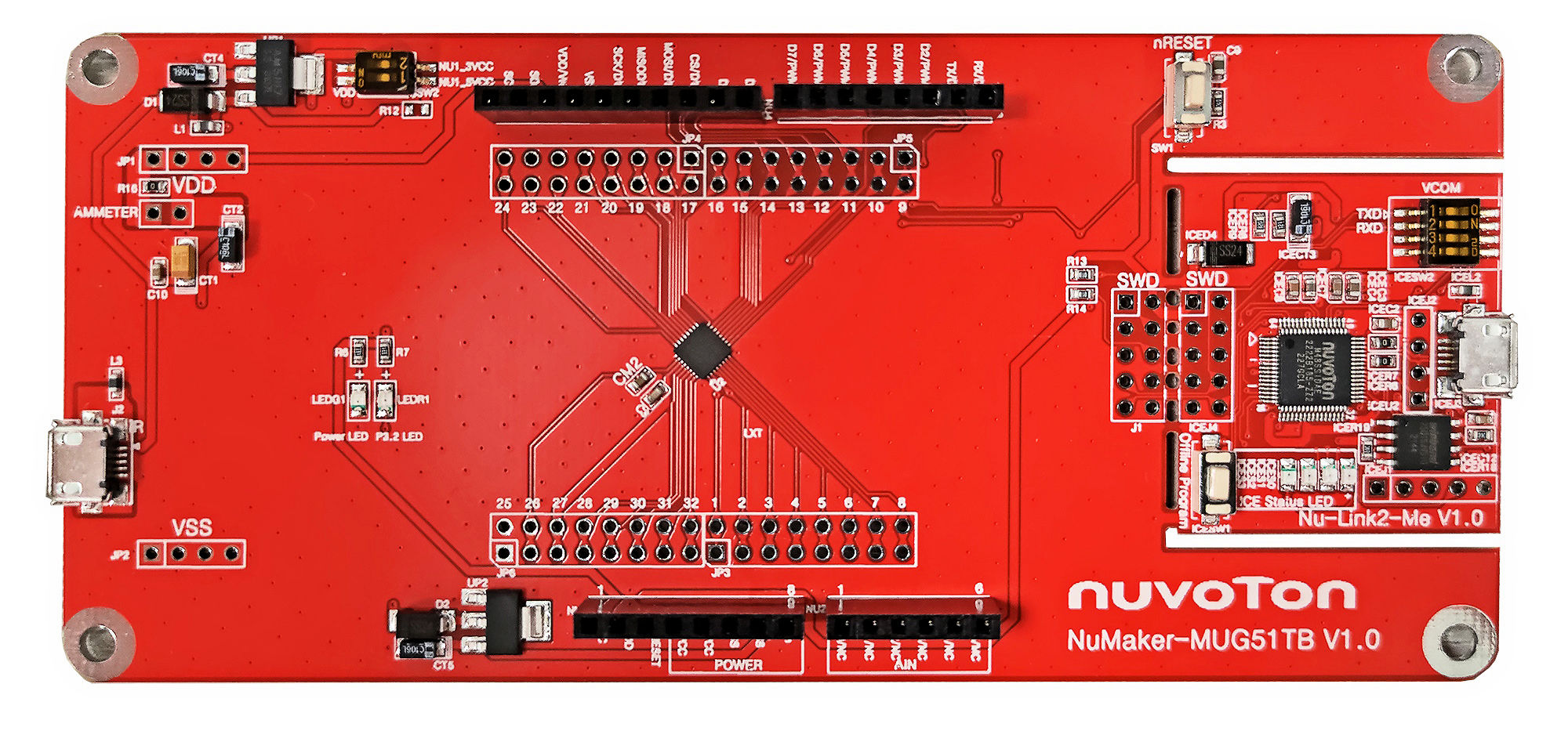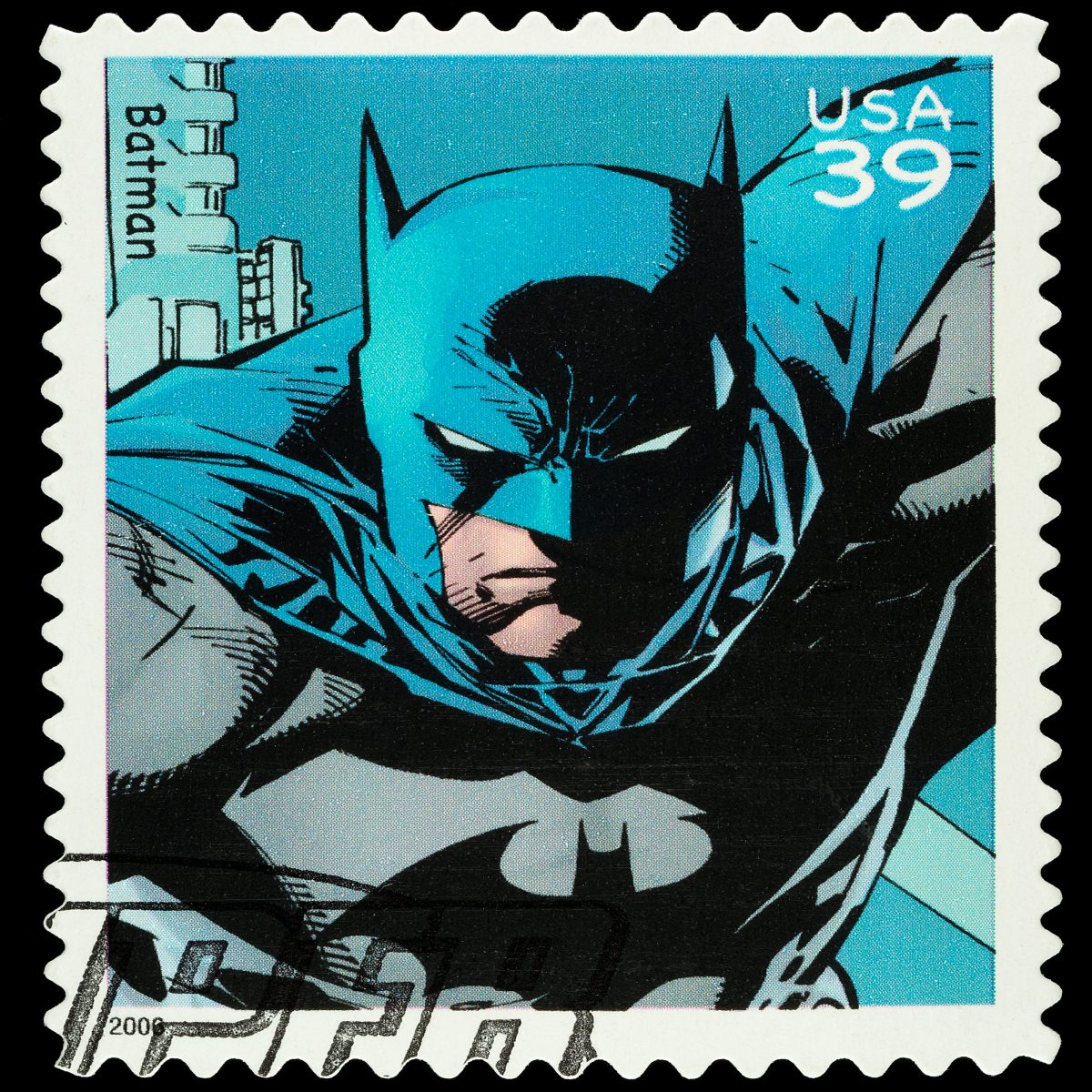Movie history is replete with heroes and villains that refuse to die, despite grievous bodily harm. Here are a few quotes from various movies to help you remember these characters:
“How many times do I have to kill you, boy?” – Jafar to Aladdin, Aladdin, 1992
“Why can’t you just die?” – Two-Face to Batman, Batman Forever, 1995
“Why can’t you be a good boy and just die?” – Janus to James Bond, Goldeneye, 1995
“Why won’t you die?” – Austin Powers to Robin Swallows, Austin Powers: The Spy Who Shagged Me, 1999
“Don’t you people ever die?” – Toad to the X-Men, X-Men, 2000
“Why won’t you just die?” – August Walker to Ethan Hunt, Mission: Impossible – Fallout, 2018
Like these immortal movie roles, the 8051 architecture simply refuses to die. Intel announced the 8-bit 8051, its second-generation microcontroller, in 1980. The 8051 architecture was the result of a 3-day fever dream in John Wharton’s head. At the time, Wharton was an Intel applications engineer who specialized in helping customers develop 8048 applications. He was familiar with customer requests for new 8048 variants and the microcontroller family’s weaknesses. Consequently, he’d been tasked with unifying the various 8048 variants that Intel had produced and for improving the architecture overall. The resulting 8051 architecture may have been conceived in nothing more than a long weekend, but it’s lasted for 43 years, so far, and 8051 processor cores are still actively used in ASIC and SoC designs. (See “A History of Early Microcontrollers, Part 8: The Intel 8051.”)
After its 1980 introduction, the Intel 8051 microcontroller became immensely popular, and variants have been available from one vendor or another continuously ever since. Jack Ganssle, my good friend and one-time owner of a company that offered in-circuit emulators for the 8051 said, “In 10,000 years, someone, somewhere, will still be writing 8051 code!” Today’s case in point: Taiwan microcontroller maker Nuvoton has just announced its MUG51 8-bit MCU low-power microcontroller based on the 8051 architecture. Although the company refers to the MUG51 as a family, the description in the data sheet lists only one device, the MUG51TB9AE. It appears that Nuvoton plans to offer more family members with less memory in the future. The company also offers other multimember microcontroller families based on the 8051 and on several Arm Cortex processor architectures.
The MUG51 runs as fast as 7.3728 MHz and incorporates 16 Kbytes of embedded Flash application memory (AROM) for the program and data, an additional 4 Kbytes of loader Flash memory (LDROM) that holds code used for reprogramming the AROM through in-system programming, 256 bytes of directly addressable scratchpad SRAM, and 1 Kbyte of SRAM accessible using the microcontroller’s 16-bit data pointer with the MOVX instruction. The device runs on supply voltages from 5.5V all the way down to 1.8V. At full operating speed, with all peripherals enabled, the MUG51 draws around 1mA of operating current. Its four idle modes take the operating current as low as 2 to 14 μA with a 3.3V power supply and 3.4 to 24 μA with a 5.5V power supply. It’s a small device in a 32-lead QFN33 package measuring a mere 4.0 x 4.0 mm. That’s smaller than some pepper flakes I shake onto my pizza, so this microcontroller can easily fit in physically small designs such as a stylus pen.
Even with the low-power operation and small size, the MUG51 incorporates a large number of peripherals including 24 GPIO pins, 16-bit timers, a 12-bit ADC, a 16-bit PWM, two UARTs, I2C and SPI ports, two rail-to-rail comparators, an ISO 7816-3 Smart Card interface, a watchdog timer, and a wakeup timer. The watchdog timer is useful for preventing system lockup if the software heads out into the weeds. The wakeup timer allows the microcontroller to set a wakeup time and then put itself into low-power sleep mode. With the exception of the Smart Card interface, these peripherals are similar to the kinds of peripherals available in 8051 variants from decades past. Perhaps different peripherals will also appear in subsequent MUG51 family members.
One feature of the MUG51 microcontroller that’s not typical of early 8051s is the on-chip debugging support. The MUG51TB9AE has an on-chip-debugger (OCD) that provides developers with a built-in method for debugging their code. The OCD’s debug capability offers eight hardware-address breakpoints, single-step and free-running modes, and non-intrusive commands that can access memory locations without intervention of the application code. The OCD system occupies no user memory locations and shares no user-accessible peripherals. The MUG51 OCD system works with Nuvotek’s Nu-Link-Pro debugger and programmer, a small USB device about the size of a memory stick with a 3-pin interface to the target system.
After more than 40 years, you can be pretty sure that 8051 software-development tools are mature. For software development and debugging tools, Nuvoton offers a board support kit and drivers for Keil’s µVision IDE and PK51 development kit. Keil is a well-known name in microprocessor and microcontroller development tools. The company was founded in 1982 by the Keil brothers, Günter and Reinhard. Keil was the first company to develop a C compiler specifically for the 8051 microcontroller and has continued to support the architecture with software-development tools over the decades. By a strange coincidence, Arm Holdings purchased Keil in 2005 and Arm Limited now operates it as a subsidiary named Arm Keil.
Nuvoton’s two suggested applications for the MUG51 microcontroller are a stylus pen and an RFID card. The company’s collateral suggests that the microcontroller’s low-power characteristics suit it to running from harvested power without a battery.
Nuvoton Direct sells single MUG51 microcontrollers for $1.50. In high volumes, the price drops to 73 cents, or less. Nuvoton Direct also offers a development and breakout board for the MUG51 microcontroller called the NuMaker-MUG51TB, which is currently on sale for half price, at $12.50. The Nuvoton Nu-Link-Pro debugger probe and programmer sells for $38.

The NuMaker-MUG51TB, a development and breakout board for the MUG51 microcontroller, is currently on sale for half price, at $12.50. The 4×4 mm MUG51 microcontroller is barely visible at the center of the development board. Image credit: Nuvoton
It’s quite apparent that this is a low-cost microcontroller product family, designed for low-cost applications. Still, the MUG51 is far more powerful and far better supported than the 8-pin, sub-10-cent microcontrollers available from Chinese vendors like Padauk.
Nuvoton may not be a familiar microcontroller brand for you. It wasn’t for me, although I’d certainly heard of the brand. With a little Googling, I discovered that memory-IC maker Winbond spun out Nuvoton as a fully owned subsidiary company in 2008. Winbond retained its memory-chip business and Nuvoton took responsibility for existing and future logic devices including several microcontroller lines. The company has a fab that supports multiple process nodes ranging from 0.35 to 0.6 µm. It has three different 0.35 µm nodes, one of which can integrate logic and mixed-mode circuits with non-volatile memory. That’s likely the process that Nuvoton uses to fabricate the MUG51 microcontroller. Intel fabricated the original 8051 microcontroller back in 1980 using a 4 or 5 µm process technology, so Nuvoton’s 0.35 µm process looks far more advanced from that perspective.
In this day of connected everything, this particular microcontroller is never going to be used by itself in a networked product, wired or wireless. It will need help to handle a modern protocol stack. But that’s OK. The 8051 architecture is just as capable of being used in a variety of embedded, non-networked products today as it was when Intel introduced the original 8051 microcontroller 43 years ago. As one Reddit wag wrote: “You don’t need a 32-bit processor to drive a toaster.”
References
Intel 8051 Microprocessor Oral History Panel, Computer history Museum, September 16, 2008.






Here’s another quote for you, Steve:
“And so we beat on, boats against the current, borne back ceaselessly into the past.”
— The Great Gatsby (final line).
RIP John Wharton.